I'm trying to pull a substring in a query using instr. The following command:
SELECT instr(ZSYNCPAYMENT, '{"t')
FROM ZPAYMENT;
provides a result of 64.
I copied and pasted the output of SELECT ZSYNCPAYMENT FROM ZPAYMENT into a hex editor and selected the number of bytes up to and including the { symbol, which is part of my instr function above. The selected number of bytes shows as decimal length of 71. Why is my instr output showing a value of 64? The screenshot below is the output of the SELECT ZSYNCPAYMENT above.
